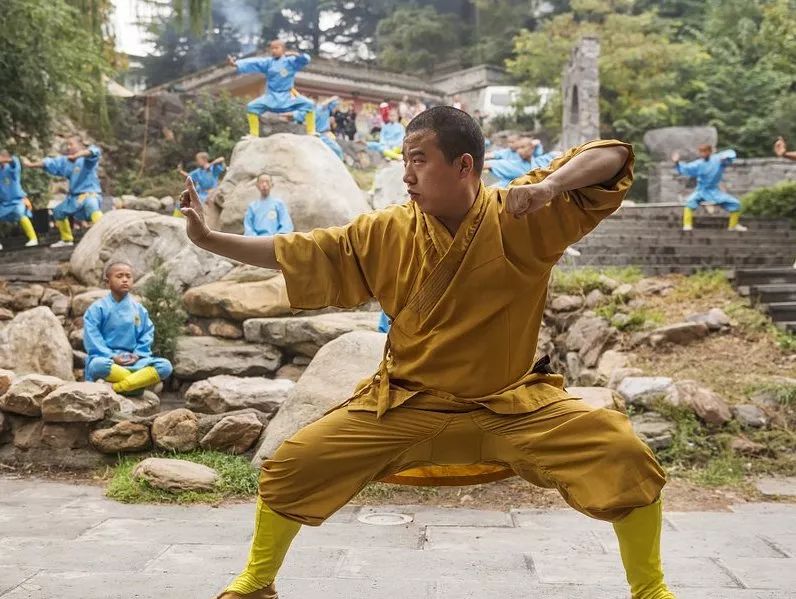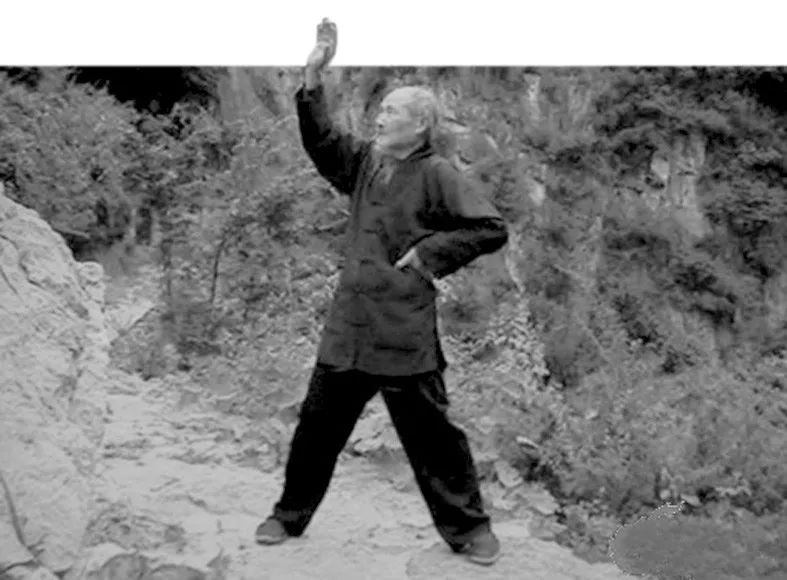
Empty the heart, fill the abdomen, weaken the will, strengthen the kidneys.
Spring and Autumn Period • Laozi, “Tao Te Ching”

Although taking medicine is the foundation of longevity, if one can also practice Qigong, the benefits will be even greater. If one cannot obtain medicine, but practices Qigong and understands its principles, one can still live for hundreds of years. Those who are skilled in practicing Qigong nourish the body internally and expel diseases externally. The essence of health preservation lies in the unceasing practice of Qigong.
Jin Dynasty • Ge Hong, “Baopuzi”
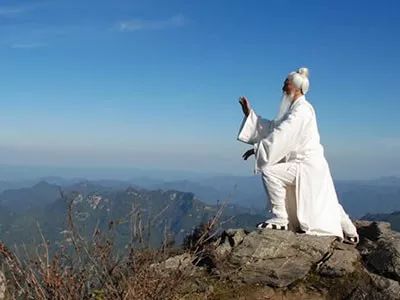
Qigong is a valuable heritage of traditional Chinese medicine, a self-cultivation method developed by the Chinese people in their struggle against fatigue, illness, and aging. It is a method of self-exercise for health preservation and longevity. For thousands of years, Qigong has played an important role in the prosperity of the Chinese nation and the development of ancient civilization.

The term “Qigong” was not used in ancient times. In traditional Chinese medicine, it was referred to as “Daoyin” (导引), “Tuna” (吐纳), and “Anji” (按跻); Confucianism called it “Jingzuo” (静坐), “Jingsuo” (敬坐), and “Jingguan” (静观); Buddhism referred to it as “Zazen” (坐禅), “Nirvana” (入定), and “Chanzhuan” (参禅); Taoism called it “Lian Dan” (练丹) and “Fuqi” (服气). The term “Qigong” first appeared in the Jin Dynasty in the work “Zongjiao Jingming Lu” by Xu Xun, which states: “Qigong elucidates the subtle.” Since then, the term “Qigong” has gradually been adopted by the public.
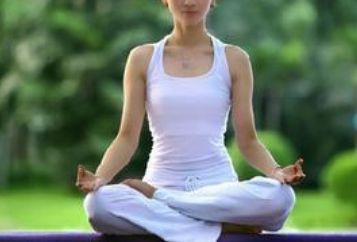
The path of Qigong in China has a very long history. It is said that even before the Shang and Zhou Dynasties, figures like Chisongzi and Pengzu were known for their Qigong practices, especially Pengzu, who lived to 800 years old by practicing “breath control and inhaling the new while exhaling the old” (from “Zhuangzi • Ke Yi”). Some bronze vessels from the early Shang period vividly depict various postures of ancient people practicing Qigong. Prince Qiao of the Zhou Dynasty is said to have achieved immortality through Qigong. During the Warring States and Qin-Han periods, various forms of Qigong were quite developed. Texts like “Laozi”, “Zhuangzi”, and “Huangdi Neijing” discuss methods of nurturing the body such as “holding on to unity”, “guarding stillness”, “focusing on breath”, “heart fasting”, “sitting in forgetfulness”, and “internal guarding of true Qi”. The “Qingqi Yupei Ming” inscribed in the mid-Warring States period briefly describes the trajectory of internal Qi within the body; Qu Yuan’s “Far Journey” has been interpreted by Wang Chuan Shan as a discussion of internal alchemy, which can be considered a precursor to later internal alchemy theories.
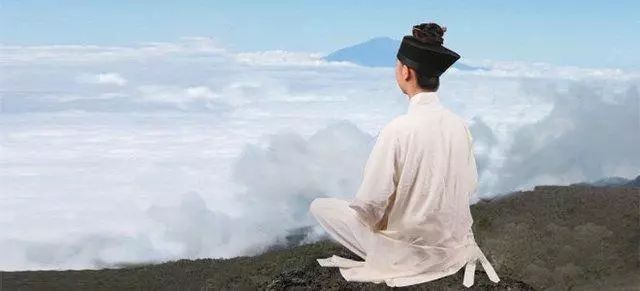
Qigong primarily involves adjusting posture, practicing breathing, relaxing the body and mind, controlling consciousness, and rhythmically moving limbs. Through the practitioner’s active engagement, it serves as a form of medical exercise for health care, integrating body and mind. It can be said that Qigong utilizes inward-directed consciousness to combine conscious activity with life activities, enhancing both life and functional activities, thereby inducing and awakening the body’s inner potential, playing a role in health preservation, disease prevention, longevity, and wisdom development.
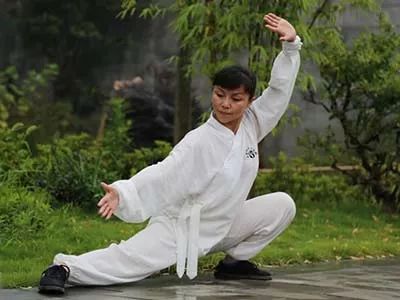
For thousands of years, our ancestors have devoted their lives to exploring and diligently practicing, accumulating a wealth of Qigong experience from both positive and negative aspects, forming various Qigong schools and establishing systematic Qigong theories. Overall, Qigong in China can be roughly divided into five major schools: medical, Buddhist, Taoist, Confucian, and martial.
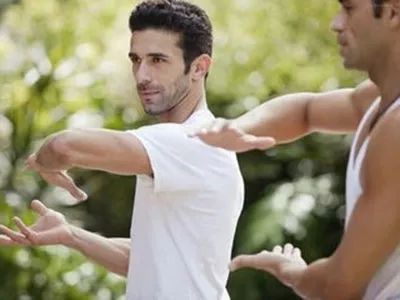
Medical Qigong. Traditional Chinese medicine has always regarded Qigong as one of the therapies for health and disease treatment. TCM emphasizes treating the root cause of illness. Qigong adheres to this principle, which is why it is mentioned in almost all famous medical texts throughout history. For example, Zhang Zhongjing in the Han Dynasty pointed out in “Jinkui Yaolue” that “Daoyin and Tuna” can “open the nine orifices”, considering Qigong a method for disease prevention and treatment. Hua Tuo created the Five Animal Frolics based on the guiding methods of Zhuangzi’s bear breathing, bird stretching, owl gazing, tiger watching, duck bathing, and the guiding methods of the Yuans. This involves mimicking the movements and postures of five animals: tiger, deer, bear, monkey, and crane. Tao Hongjing’s “Daoyin Yangsheng Tu” from the Southern and Northern Dynasties lists thirty-six guiding postures and discusses many ancient Qigong theories and methods, proposing the six-character exhalation method: “Xu, He, Hu, Xi, Chui, Xi”, which is known as the six-character exhalation technique in later generations. Notably, Li Shizhen in the Ming Dynasty explicitly stated that Qigong is an integral part of TCM and a required subject. Medical Qigong was formed before the introduction of Buddhism to China and is one of our indigenous treasures.

Buddhist Qigong. During the late Western Han and early Eastern Han Dynasties, Buddhist Qigong began to emerge. The Buddhist scriptures translated by An Shigao during the Eastern Han mention four forms of breathing during practice: wind, Qi, breath, and panting, which are still used today as standards for checking the level of breath regulation in the Qigong community. It is said that during the Southern and Northern Dynasties, the Indian monk Bodhidharma visited Shaolin Temple. He proposed a method of meditation called “Wall Gazing”, which involves sitting facing a wall in silence all day. This “Wall Gazing” is evidently a form of Buddhist stillness practice. It is said that Bodhidharma also transmitted texts such as “Yijinjing” and “Xisui Jing”. By the Sui Dynasty, the founder of the Tiantai School of Buddhism, Master Zhizhen, taught a method of meditation that leads to tranquility, later known as the “Six Wonderful Methods”, which is a typical practice of Buddhist Qigong.
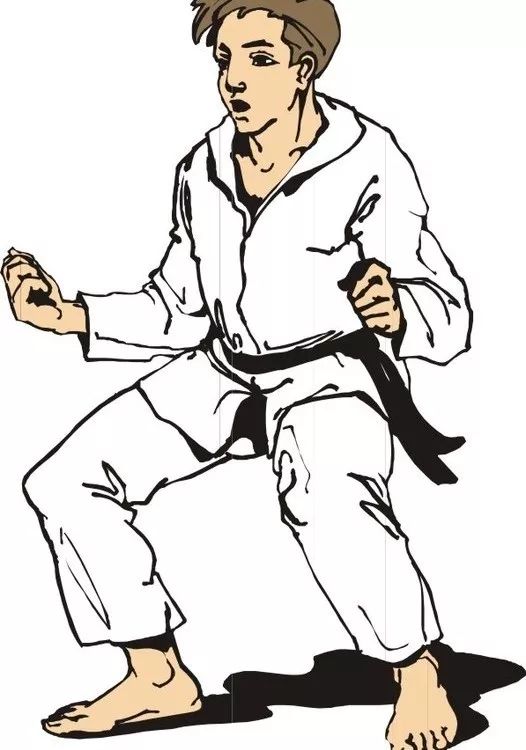
Taoist Qigong. As early as the Spring and Autumn and Warring States periods, figures like Laozi and Zhuangzi extensively discussed Qigong in their writings. In Laozi’s “Tao Te Ching”, written in the 7th century BC, the practice of Qigong is described as focusing on the abdomen, relaxing into stillness, and breathing gently. The “sitting in forgetfulness” practice described in Zhuangzi involves relaxing the body, emptying the mind, and allowing consciousness to dissolve into the universe. The earliest Taoist classic, “Taiping Jing”, emphasizes the importance of combining essence, Qi, and spirit for health preservation. This idea has since been regarded as a fundamental principle of Taoist alchemical practices. Texts such as “Yangsheng Lun” and “Da Yangsheng Lun” from the Wei, Jin, and Southern and Northern Dynasties extensively discuss Qigong health preservation methods. Ge Hong’s monumental work “Baopuzi” is considered a representative work of Taoist Qigong. Taoist Qigong has been widely practiced and has significantly influenced Confucianism, Buddhism, folk Qigong, TCM, martial arts, and arts like painting and calligraphy. Today, the most popular forms of Qigong in China are those derived from Taoism. There are no less than two thousand volumes of Qigong-related texts in the Daozang, which are a major component of the heritage of traditional Qigong studies in China.
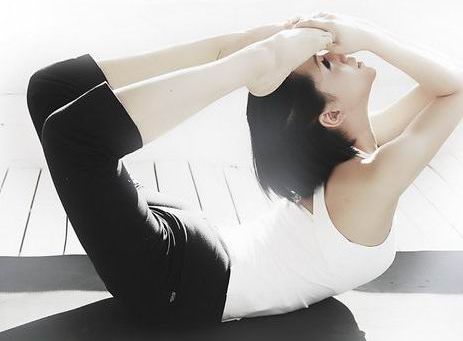
Confucian Qigong. Confucius’s favorite disciple, Yan Hui, enjoyed practicing “sitting in forgetfulness”. The stillness practice in Confucianism primarily aims at self-cultivation and moral refinement, which is a prominent feature of Confucian Qigong. During the Song Dynasty, the respect for Confucianism grew. Confucians like Cheng Yi and Zhu Xi placed greater emphasis on still sitting. To avoid confusion with Buddhist meditation, Cheng Yi specifically changed “still sitting” to “respectful sitting”. Zhu Xi advocated “half a day of still sitting, half a day of reading”, and annotated the Qigong classic “Zhouyi Cantong Qi”, writing works like “Tuning Breath”. By the Ming Dynasty, the great Confucian Wang Yangming taught while encouraging students to practice still sitting. His disciple Wang Longxi authored “Breath Regulation Method”, detailing the specific practices of stillness. In the Qing Dynasty, Yan Yuan promoted “Sitting Upright Practice”, advocating for stillness training.
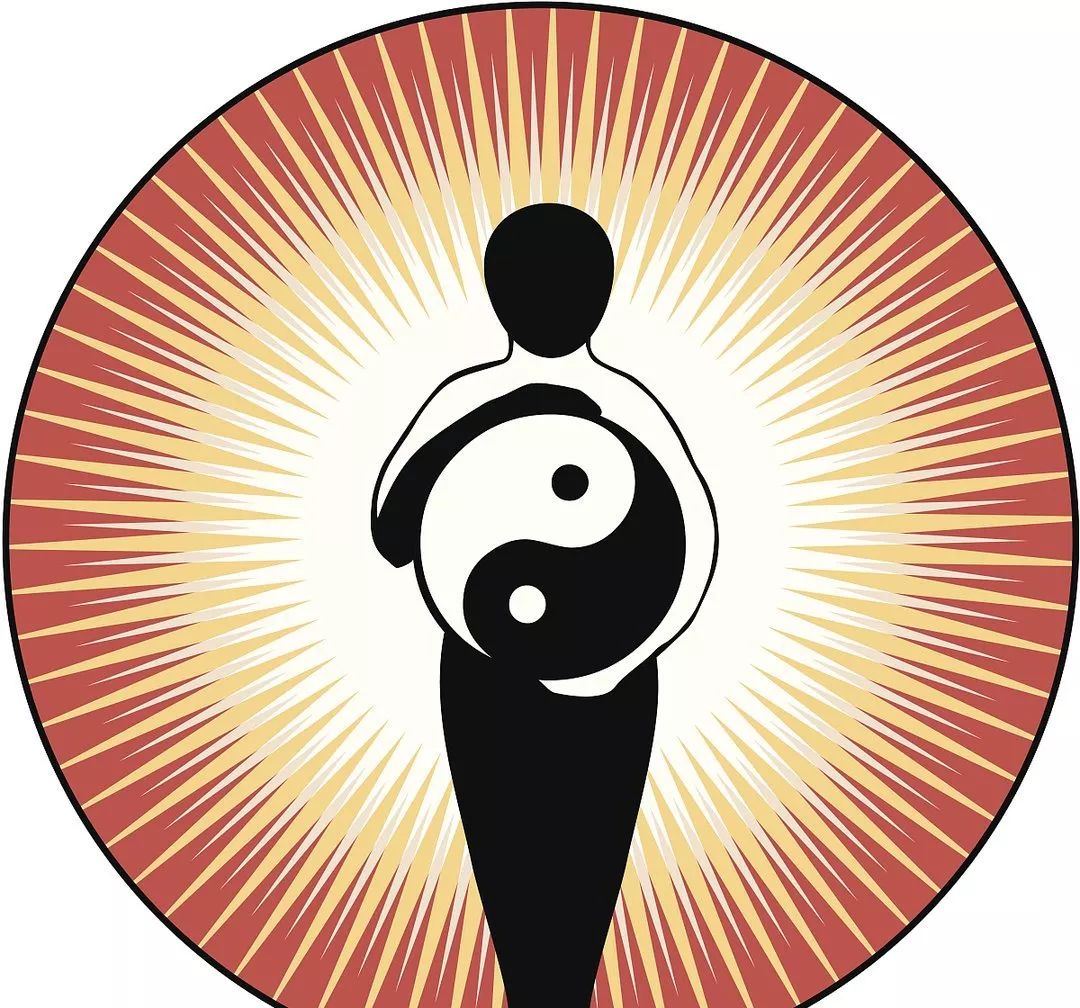
Martial Arts Qigong. In the martial arts community, it is often said: “Internal practice is about breath, external practice is about muscles and skin”, and “Practicing martial arts without practicing Qi is ultimately in vain”. This means that practicing martial arts requires not only learning the hard techniques of combat but also cultivating the soft techniques that stimulate the body’s latent functions. Famous martial arts like Tai Chi and Shaolin emphasize the application of Qigong to unify strength, seek movement within stillness, and maximize the martial arts’ extraordinary abilities for health and self-defense.
